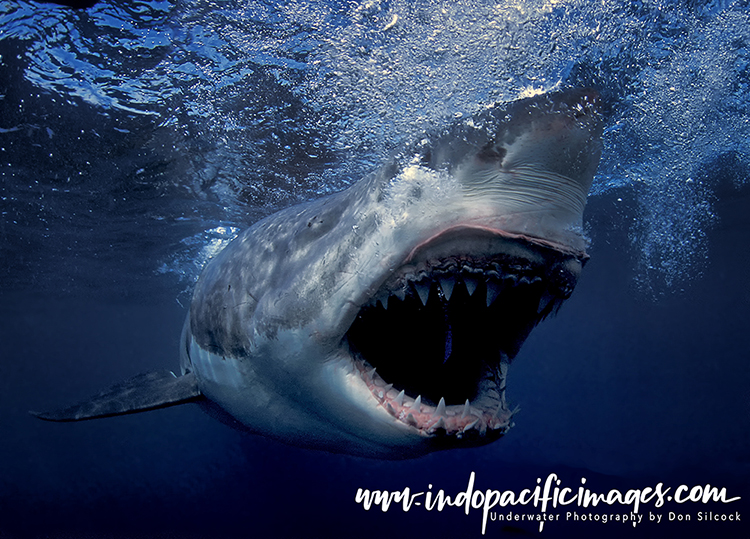Great white shark cage diving in South Australia is a really unique, almost once in a lifetime, experience. Simply stated it is the only way to safely see these apex predators. But it is more than the adrenaline hit of being so close to these large and very wild animals. Much more!
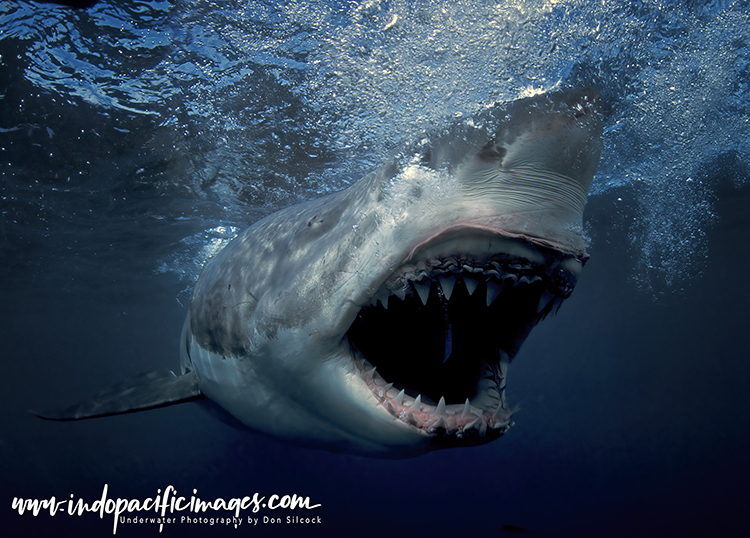
South Australian great white shark cage diving comes in two distinct flavours. Both of which are intense experiences, but one tends to be more towards the sensationalist side of the equation.
While the other is far more considered – let me explain…
In South Australia you can be in the water with great white sharks in a surface cage or in an ocean floor cage.
Both offer the the chance to get up close and personal with the sharks. But the overall experience is usually a completely different one.
With the behaviour of the sharks at the surface cage more, shall we say… “interactive”.
While the great whites that interact with the ocean floor cage driven largely by their curiosity.
Great White Shark Cage Diving – Surface or Ocean Floor?
On the surface the sharks are generally attracted to the cage by burley and baits. They come in close because the are probably hungry sensing the opportunity of a quick snack and it can be very exciting when they do come!
As of mid-2023 I have done 15 great white shark cage diving trips over a 20 year period. The first ten or so of which were all surface cage trips and I could not have been happier with them. They were wonderful experiences, plus I got some great images and developed a basic understanding of the sharks.
In the last 3-4 years I have concentrated more on the ocean floor cage. As I have realised that it provides a totally unique opportunity to see the sharks in their natural environment. And, only by seeing them this way, can you begin to understand what incredible creatures great whites truly are.
Great White Shark Cage Diving – Port Lincoln
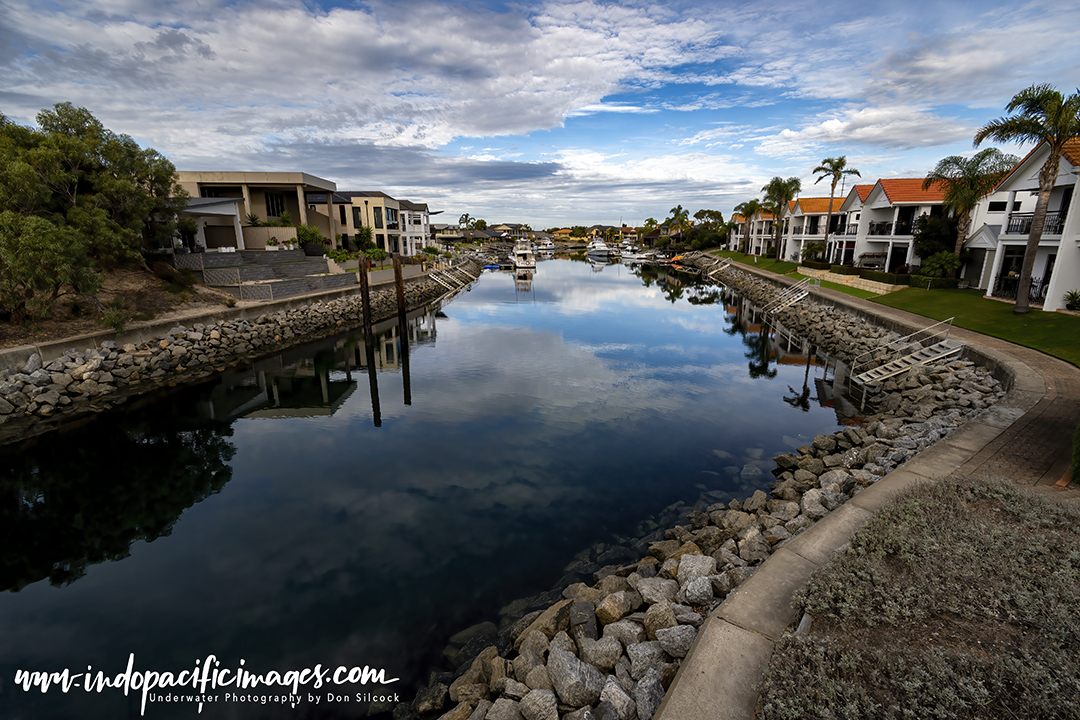
The town of Port Lincoln is the operating base for the two cage diving operators and is located at the bottom of South Australia’s Spencer Gulf. It is also the tuna fishing capital of Australia and one of the wealthiest places in the country. As a drive around the Lincoln Cove Marina will show you!
The town is a short 50 minute flight across the Spencer Gulf from Adelaide, the capital of South Australia. And, as you fly into Lincoln you will see a lot of large rings floating in the sea. They are the tuna pens that have made the town so wealthy.
Using a special netting technique developed in Port Lincoln and now generally adopted globally, huge schools of juvenile tuna are caught in the Southern Ocean. The nets are then closed and slowly towed back to Lincoln. Where the tuna is fattened up before being harvested.
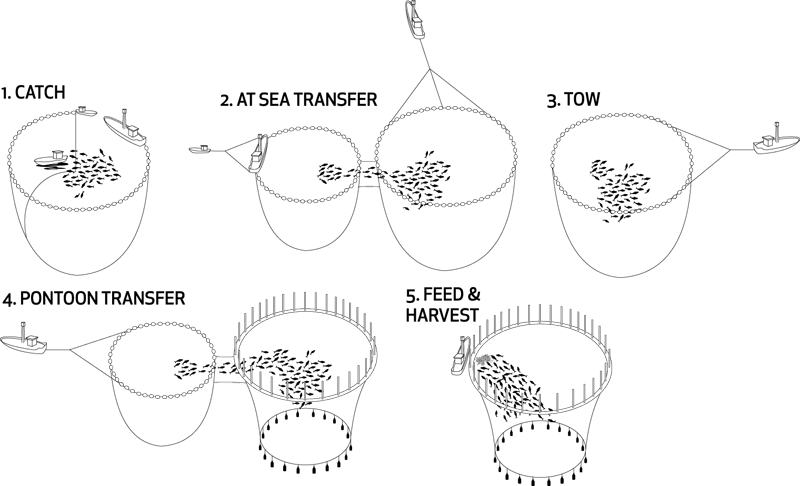
Which all sounds rather tame… But we are talking about doing all that is the wild waters of the Southern Ocean! To understand the magnitude of that challenge, check out the National Geographic documentary Tuna Cowboys on YouTube!
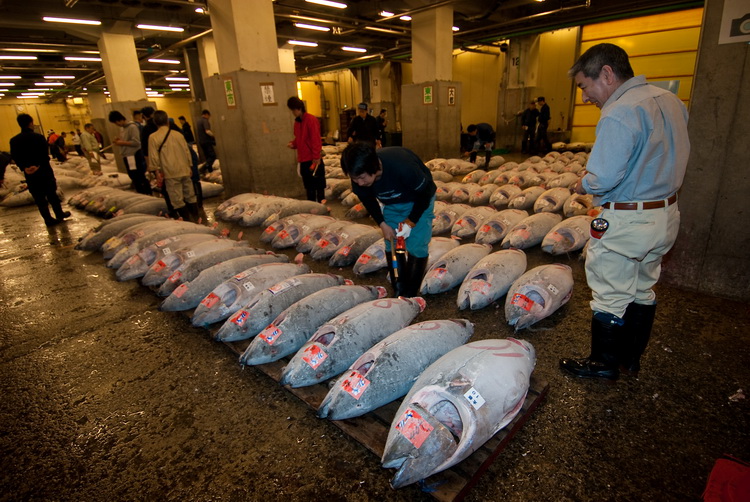
The Tuna Capital…
Once the tuna is harvested it is cleaned, tagged for traceability and then either put into deep freeze. Pending the arrival of the mother ship that transports it back to Japan.
Or it is chilled and flown there (usually on the evening it has been harvested) where it’s freshness brings a significant premium.
Either way the tuna would end up at the massive and iconic Tsukiji Fish Market in Tokyo…
Which closed in October 2018 after the ultra-modern Toyosu Market was opened. Either way, Australian Southern Ocean tuna is highly valued and in great demand!
Great White Shark Cage Diving – Neptune Islands
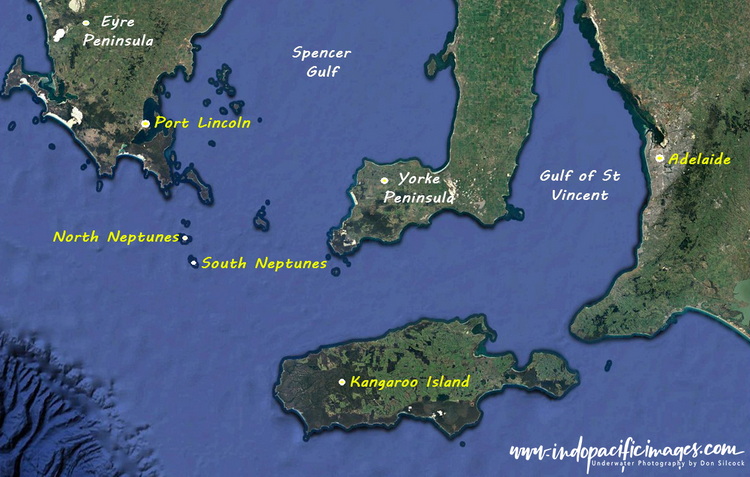
Great White shark cage diving is only permitted at the four main islands of the North and South Neptunes Islands
The Neptunes are located some 60km south-east of Port Lincoln. Roughly one-third of the way to Kangaroo Island in the Great Australian Bight – the huge open bay that covers most of the southern coastline of the Australian continent.
The food of choice for great white sharks is seals… And studies have shown that one seal provides enough nutrition to sustain a great white for 2-3 days.
The Neptune Islands has one of the largest colonies of fur seals in Australia. And it is the reliable availability of those seals that have made the islands a key location on the great white “super-highway”… The migratory corridor they use along the southern coast of Australia.
Great whites are present all year round at the Neptunes. But they are not resident there – they come and go… Staying only long enough to either satiate their appetites. Or till they decide to move on to another feeding ground.
Great White Shark Cage Diving – Where They Roam
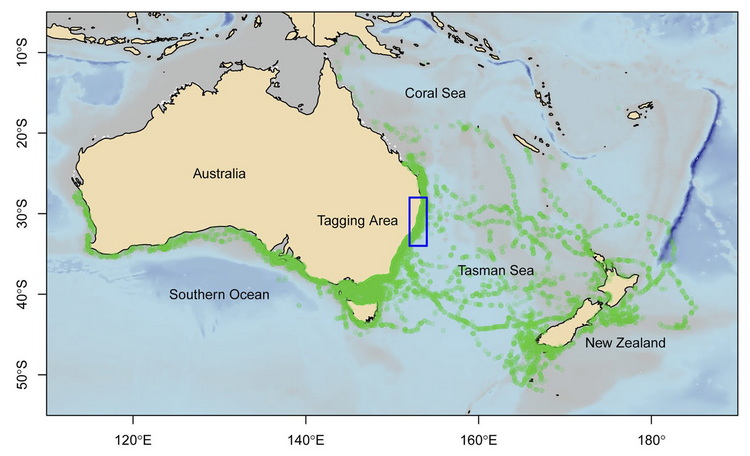
Long-term tagging of great whites over a period of 12 years, conducted by a team of marine scientists led by Julia Spaet, reveals just how far and wide Australasian great whites roam.
Detailed analysis of that data by the scientists revealed some interesting patterns. With the highest concentrations of tagged sharks in the coastal waters of New South Wales from late August to late February. Followed by eastern Bass Strait area between Victoria and Tasmania from December through to April.
Interestingly, no obvious seasonal patterns were found for coastal areas in South Australia. Which tends to support the year-round, but random appearances of great whites at the Neptune Islands. In that the fur seal colonies provide a known source of nutrition for the sharks. But it is obviously not the only one – it’s just that the rest are not known to us!
Great White Shark Cage Diving – Best Time to Go…
Both traditionally and rationally the Australian winter and spring seasons have been the best times of the year for great whites at the Neptune Islands. Traditionally, as that is when the most sharks have been seen. And rationally as those months are when the seal pups are born and weaned. So their initial forays out in to the waters around the Neptunes make them easy targets for the patrolling sharks.
Back To: A Guide to Australian Great Whites

